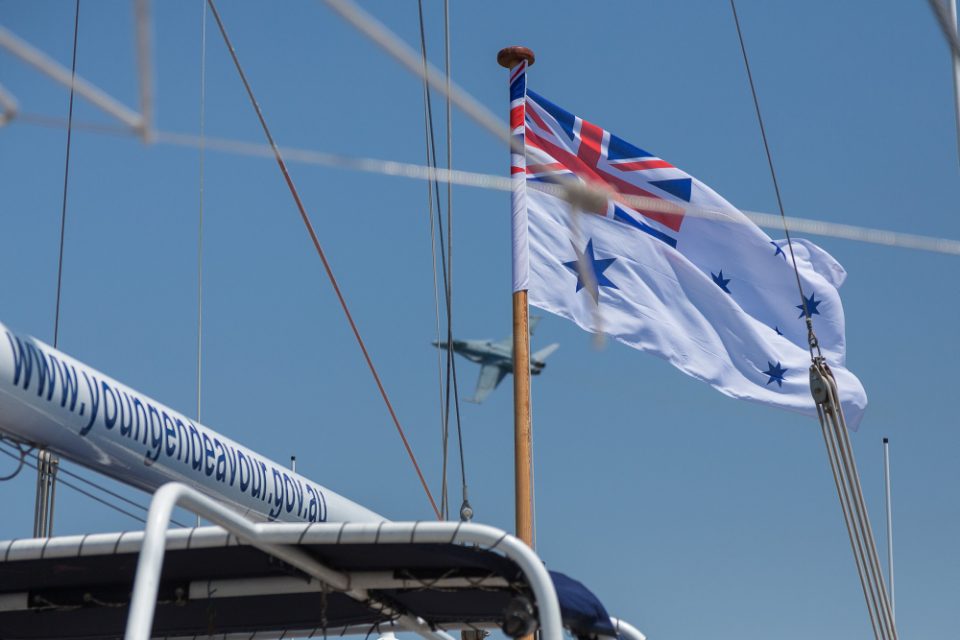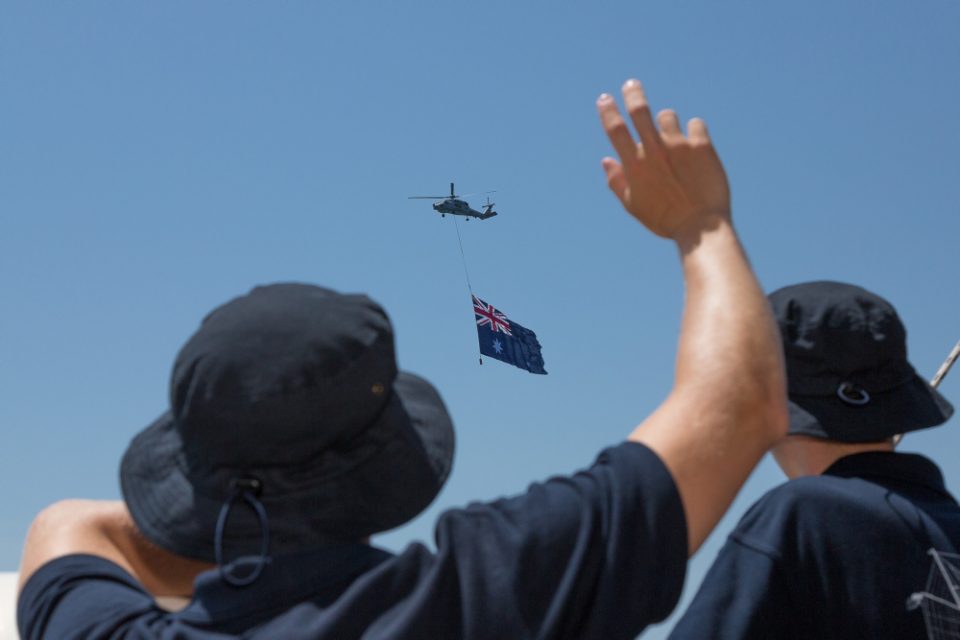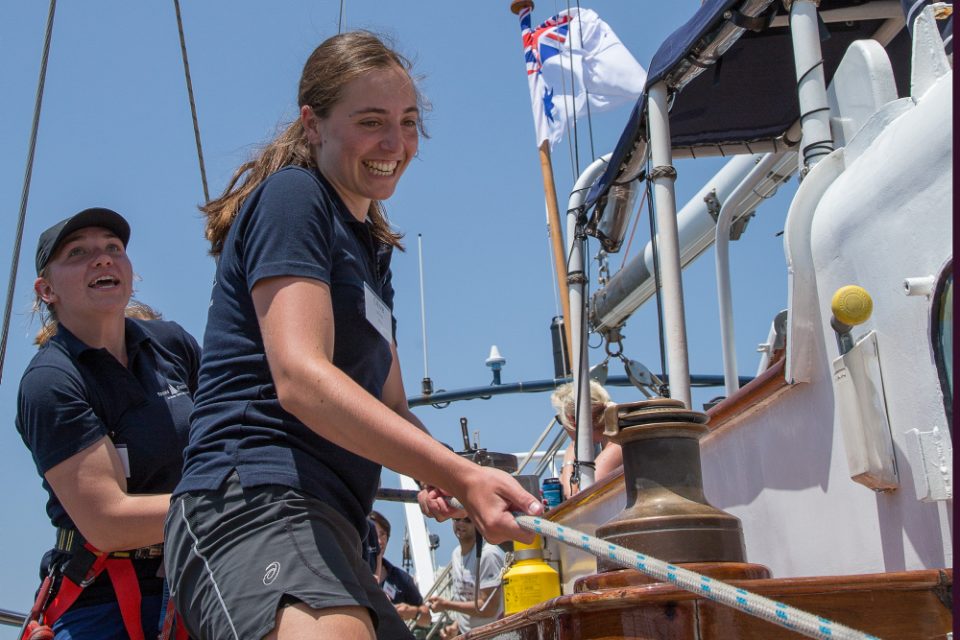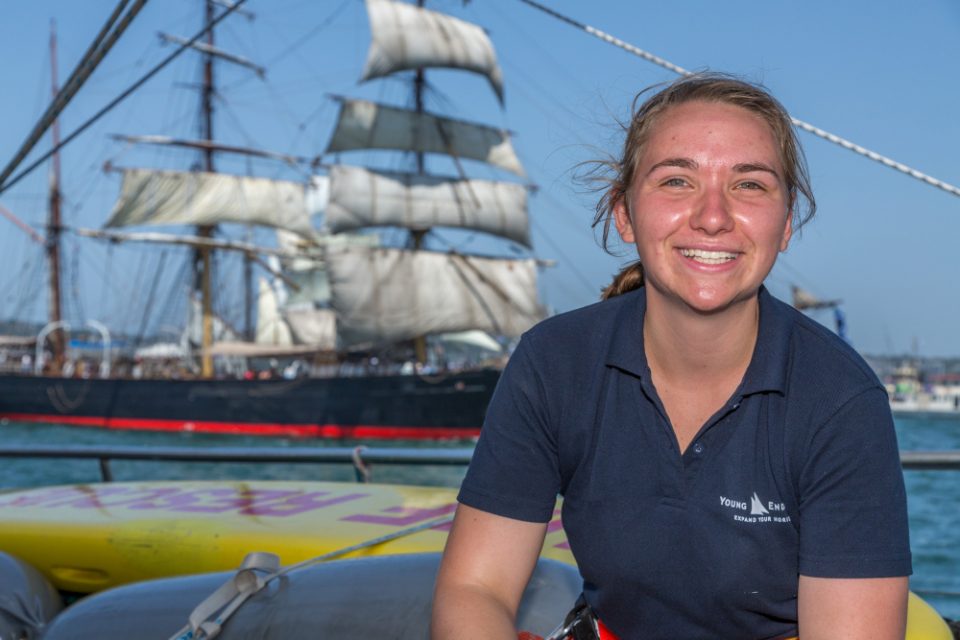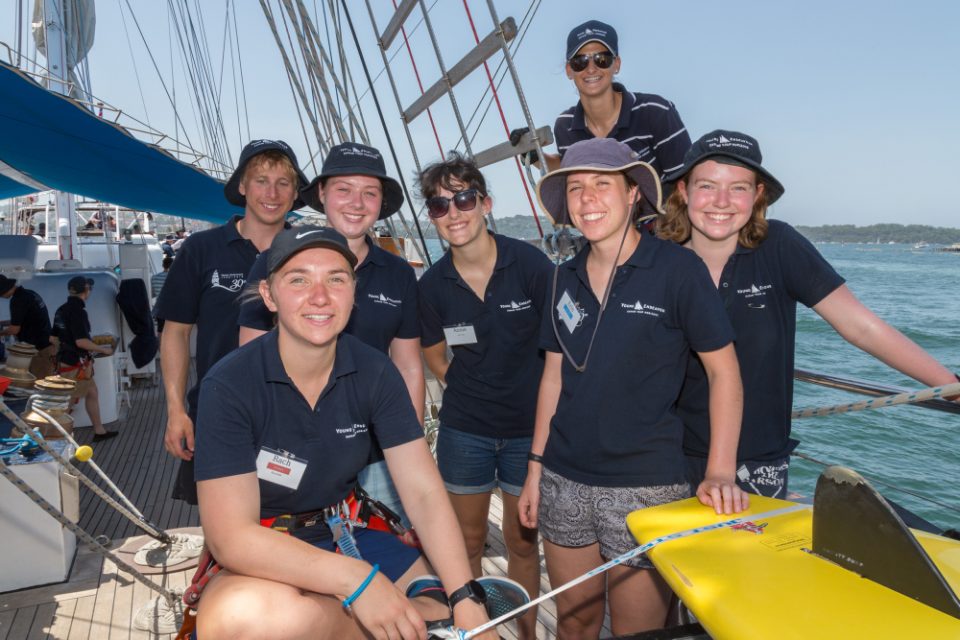With the usual controversy surrounding Australia National Day, it can be neglected to note the coming of the HMB Endeavour to mark the 250th Anniversary of Captain James Cook to Australia to be held in 2020.
According to a press release from the Prime Minister of Australia’s office on January 22, 2019, the preparation for the 250th anniversary was highlighted.
The Morrison Government is backing communities across the country to mark the 250th anniversary of Captain James Cook’s first voyage to Australia and the Pacific.
In addition to $5.45 million to support projects for the Cooktown 2020 Festival, the Morrison Government will provide $6.7 million to the Australian National Maritime Museum so its replica of Captain Cook’s HMB Endeavour can circumnavigate the country, hosting a series of events and activities at each of its proposed 39 stops.
The circumnavigation will be funded from the Government’s existing $48.7 million package to mark the anniversary that includes exhibitions through the National Library of Australia, support for the Australian Institute of Aboriginal and Torres Strait Islander Studies to preserve and celebrate Indigenous culture and assistance for the NSW Government to deliver the Kamay Botany Bay National Park Master Plan.
Prime Minister Scott Morrison said the events would offer new generations an insight into Captain Cook, the Endeavour and the experiences of Indigenous Australians.
“As the 250th anniversary nears we want to help Australians better understand Captain Cook’s historic voyage and its legacy for exploration, science and reconciliation,” the Prime Minister said.
“That voyage is the reason Australia is what it is today and it’s important we take the opportunity to reflect on it.
“From Far North Queensland and the Cooktown 2020 Festival across to Bunbury and down to Hobart, our Government will ensure Australians young and old can see firsthand the legacy of Captain Cook and the voyage of the Endeavour.”
The Morrison Government’s $5.45 million investment in projects for the Cooktown 2020 Festival includes development of the Reconciliation Rocks Precinct, the Botanic Gardens and upgrades to the Gamaay Dreaming Track to not only commemorate the anniversary and local Indigenous culture, but provide a lasting economic contribution to Cooktown.
It will also support the Waymburr Milbi project to house artefacts used for the annual re-enactment of the story of Australia’s first act of reconciliation told by the Guugu Yimithirr people on the banks of the Endeavour River.
LNP Member for Leichhardt Warren Entsch said the investment ahead of the Cooktown 2020 Festival would ensure the local region was a focal point for the 250thanniversary events.
“Our region has an incredible connection to Captain Cook’s voyage and we want the rest of Australia to hear our stories,” Mr Entsch said.
“Our Government has listened to Cooktown and we’re delivering.
“This investment will help drive tourism for Cooktown and Far North Queensland. We’re bringing people from across the country to Cooktown not just to experience the Festival and hear our history, but to enjoy the local area’s incredible natural attractions and hospitality.”
Minister for the Arts Mitch Fifield said the Government’s investment in the replica Endeavour’s circumnavigation would be managed sensitively, and will present both the view from the ship and the view from the shore of Cook’s historic voyage.
“The HMB Endeavour replica will set sail from Sydney in March 2020, and head south to Hobart before turning north to commence a full circumnavigation of mainland Australia,” Minister Fifield said.
“The final itinerary, including the nature of HMB Endeavour’s replica visit to each of the proposed locations (anchorage, berth or sail by) and the associated dates, will be announced in the first half of this year following community consultations by the Australian National Maritime Museum.
“The voyage will provide many opportunities for Australians to see the HMB Endeavour replica, either at one of the ports it visits or when it anchors or passes by.”
Construction of the Australian-built replica commenced in 1988 and since undertaking its maiden voyage in 1994 the vessel has enabled hundreds of thousands of visitors to experience how Captain Cook and his shipmates lived.
The HMB Endeavour replica is expected to make the following stops:
- Northern Territory – Darwin, Yirrakala
- New South Wales – Botany Bay, Coffs Harbour, Eden, Jervis Bay, Newcastle, Sydney
- Queensland – Aurukun, Brisbane, Cairns, Cooktown, Gladstone, Hamilton Island, Lizard Island, Mackay, Possession Island, Seventeen Seventy, Thursday Island, Townsville, Weipa, Yarrabah
- South Australia – Port Adelaide, Port Lincoln, Port Pirie, Whyalla
- Tasmania – Hobart
- Victoria – Geelong, Melbourne, Portland, Williamstown
- Western Australia – Albany, Broome, Bunbury, Carnarvon, Esperance, Fremantle, Geraldton, Port Hedland
The Australian National Maritime Museum will host a series of events and activities at each stop the HMB Endeavour replica makes throughout its March 2020 to May 2021 voyage.
And as part of this year’s celebration of Australian National Day, STS Young Endeavour youth crew members joined in aboard the replica of the famous ship in Sydney Harbour.
Last year we reviewed a new book on HMS Endeavour which provided a chance to look at the ship and the society and its culture which built the ship.
That review follows:
The recent announcement of the discovery of HMS Endeavour off of the waters of Newport Harbor highlights the age of exploration and enlightenment to a now “risk-averse society when it takes years for even a modest policy to be implemented and dozens of emails for a decision to be reached.”
So writes Peter Moore, the author of an extraordinary new book on the ship, simply called Endeavour: The Ship and the Attitude that Changed the World.
Earlier this year, the British Library had an exhibit which displayed a number of the key artifacts from the voyages of Cook to the Pacific and Antarctica.
The drawings and scientific findings from his voyages were on display and really amazing to experience, as I did earlier this year during a visit to London.
But interspersed throughout the exhibit were several videos which undercut from my perspective the whole point of having the exhibit and which highlighted as well a challenge which contemporary society now faces.
Instead of providing understanding of how the explorers saw the world, or providing the sense of adventure with regard to the voyages, we were presented with several lectures on the negative consequences of these voyages from the standpoint of contemporary history.
In stark contrast to the lecturing on contemporary values which the videos at the exhibit provided for those willing to listen, Peter Moore’s book provided a solid understanding of the context and the nature of the age within which the Endeavour operated.
And what a history it was.
The Endeavour was built as a coal transport ship for the internal trade in the UK or perhaps traversing the North Sea.
It was born as the Earl of Pembroke and when commissioned by the British Navy for the voyages to the South Pacific became the Endeavour.
The voyage to the South Pacific was funded in part as a scientific expedition and was part of tracking the 1769 transit of Venus. British naturalist Joseph Banks, British astronomer Charles Green and Swedish naturalist Daniel Solander recorded the transit of Venus on the island of Tahiti during Cook’s first voyage to the Pacific.
Joseph Banks established a new paradigm whereby naturalists would accompany the Royal Navy during voyages of discovery and because of their presence, much of the history we now have access to comes from their recorded discoveries.
When the First Fleet reached Australia in 1788, it was part of the post-liberation American history.
Until the revolution, the American colonies were the recipients of the convicts and adventurers onboard the First Fleet.
But prior to the First Fleet, Endeavour provided a clear link between the histories of the two countries.
Not only had Cook reached “New Holland” and explored Botany Bay and run into (quite literally) the Great Barrier Reef, but upon return to England, the Endeavour became a virtual relic only to be revived in time to participate in the American War of Independence.
The Endeavour was repaired and became the Lord Sandwich, which is certainly ironic given that Lord Sandwich probably without ever realizing it, the ship named after him actually was the same ship which he helped support for the Cook voyage!
Of course, Lord Sandwich was despised in the American colonies and was a key UK official responsible for generating the fleet which then went to restore order in the colonies during the revolution.
As the Lord Sandwich, the Endeavour, was part of the largest invasion fleet in history prior to D Day, namely, part of the task force which went to seize New York Island from General Washington.
The ship was part of the logistics task force which brought the Hussein soldiers to America to fight the rebels.
Then the ship went north to be part of the Rhode Island task force and served as a prison ship for rebels and then when the French navy came in support of the colonies, it was one of the ships selected to be sunk and to help block the harbor against the French fleet.
And it is from this last resting spot where the Endeavour has been recently found.
Peter Moore highlighted the twining of the life of the Endeavour with the dynamics of change in the American colonies.
“For the Lord Sandwich – as Endeavour must now be called – February 1776 marked the most unexpected of new beginnings.
“Looking back, it is striking to see how the arc of this ship’s life resembled the rise of the political strife in America.
“Her launch in 1764 came just months after the Sugar Act.
“Her purchase in 1768 happened as the colonists reacted to the Townsend duties.
“She approached New Holland as the Boston Massacre was taking place, and returned from her last voyage as the First Continental Congress opened.
“Now, after so long running in parallel, the bark’s life would interweave with events in America.”
(page 300).
I read this book slowly as it is crammed with fascinating details, quotations from original sources and insights on the age in which Endeavour sailed.
And how can you not like a book that has quotes like this one:
In describing reactions of American colonists to the Sugar Act and support of supporters of the British crown in the American colonies, one colonist was quoted as saying this about a Crown supporter:
“I think no Man ought to be hanged for his Looks, but I am thankfull to Providence, that the Dispositions of some Men are so strongly express’d in their Countenances that they only need to be seen to be despised.” (page 80)



